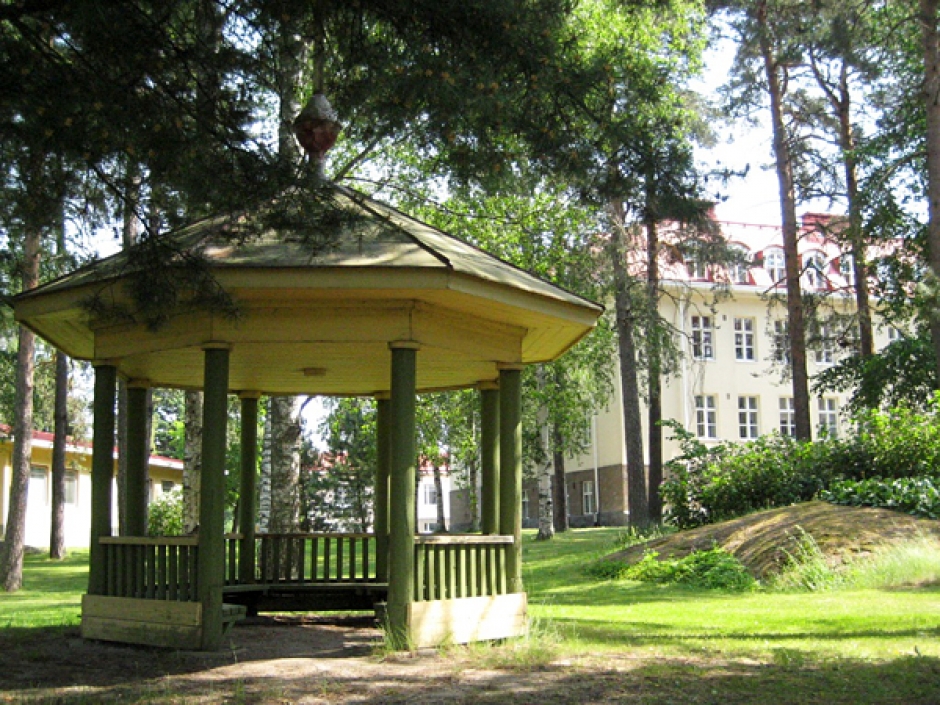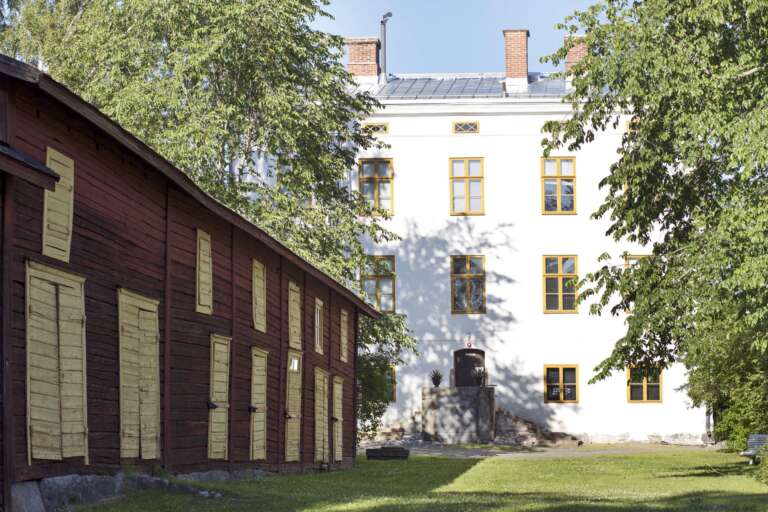Cultural environments
The cultural environments presented on the Nature Vaasa website are environments shaped over time by human activity. The environments are varied and offer an assortment of sights and attractions, ranging from buildings and structures to cultural vegetation. The most unique and interesting sites are described separately on individual pages, however there is plenty more that this area has to offer. It is possible to become familiar with the different sites displayed in map form, by using the Nature Vaasa map service. Below is terminology one can encounter when discussing cultural environments.

The term ‘cultural environment’ functions as a general term referring to an environment that has been developed from various stages in culture interacting with nature. Meanings, interpretations and names given by people are also elements of this category. The cultural environment is a totality, encompassing built cultural environment, cultural landscape and ancient relics.
Built cultural environment, or building heritage, is the most visible part of the cultural environment. It encompasses buildings and their interior and exterior appendages, structures, built-up areas in the form of yards and parks, and infrastructure such as roads, canals, bridges or lighthouses. The built cultural environment is thus formed from the urban structure.
Cultural landscape. The landscape is divided into natural landscape and cultural landscape. Broadly described, the cultural landscape is shaped by human activity, whereas the natural landscape is shaped by nature and its processes. The cultural landscape can also be divided into a landscape shaped by human activity interacting with nature, forming a countryside cultural landscape, and a city landscape shaped almost exclusively by humans i.e. an urban cityscape. The cultural landscape and environment are not only distinct or separated areas, but are also separate entities forming a continuous areal and temporal totality.
Cultural vegetation refers to vegetation extensively shaped by human activity, such as farmlands, traditional landscapes and parks. Cultural plants originate from gardens and cultivations, having dispersed into the wild.
Cultural plants are species of plants that have spread to the wild from gardens and cultivations.

